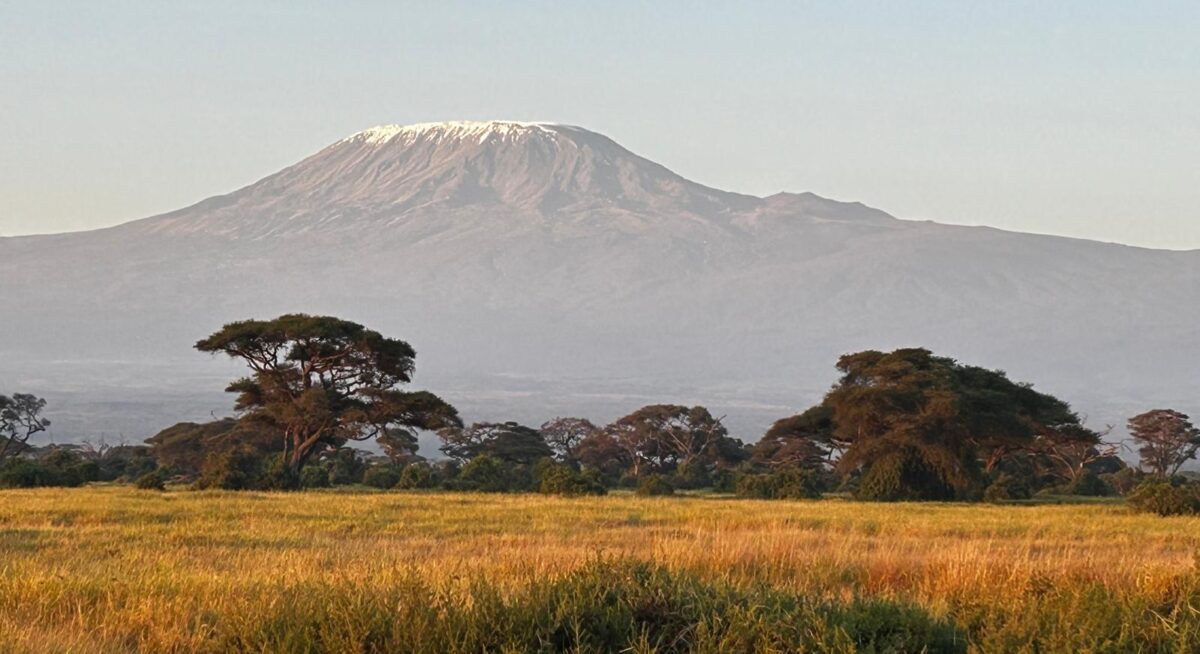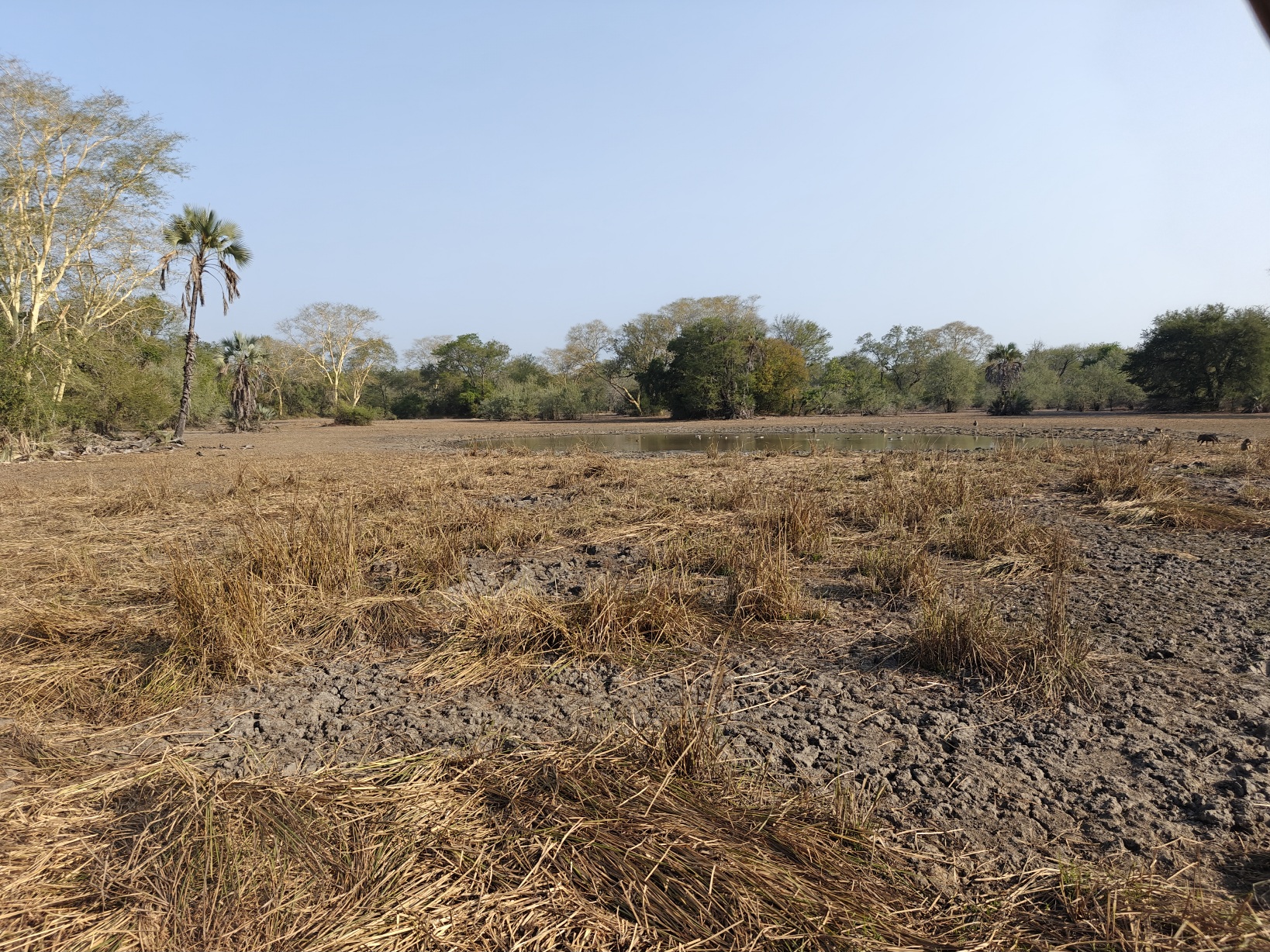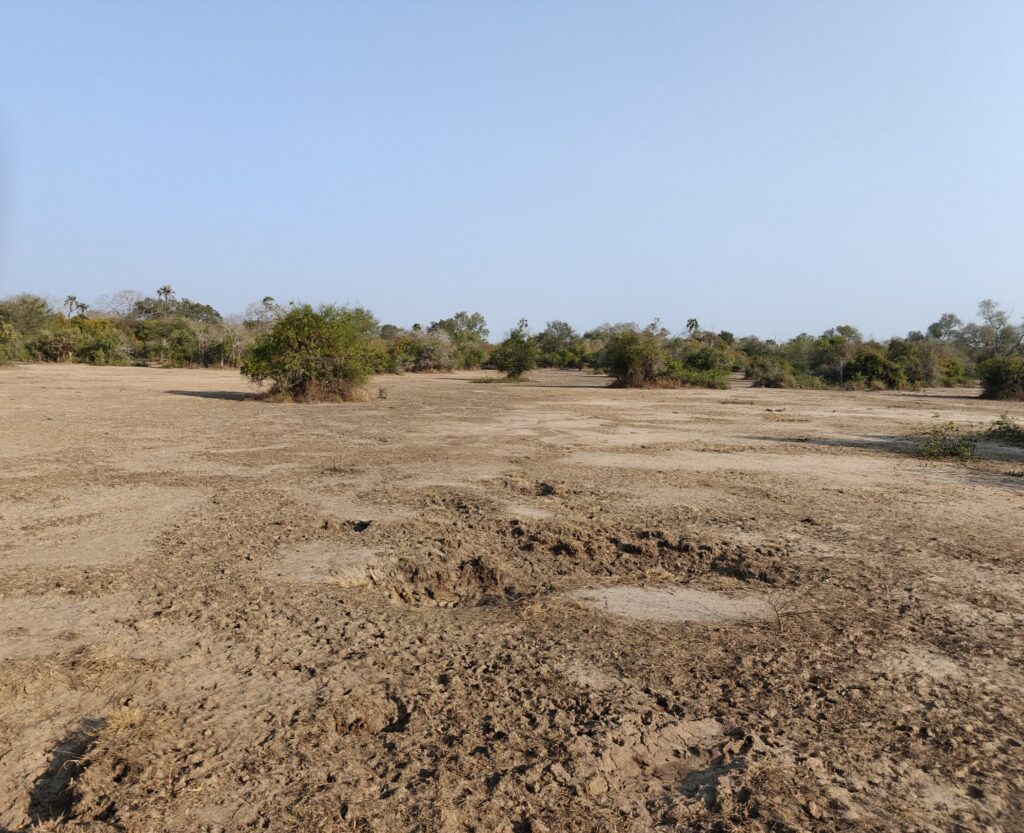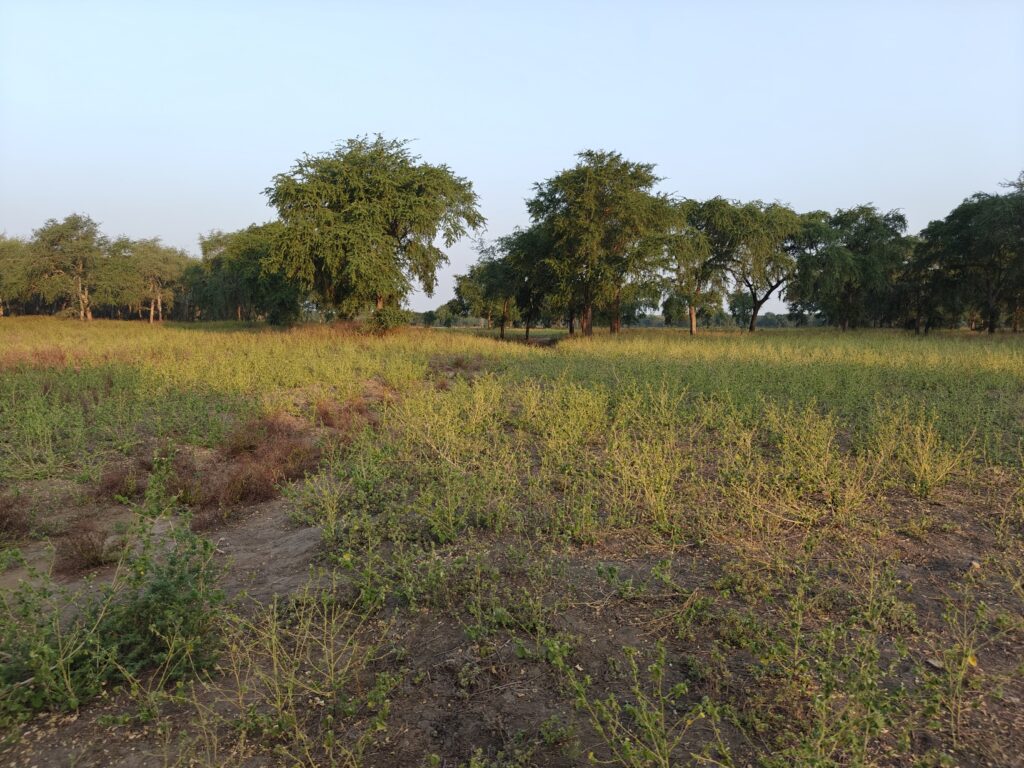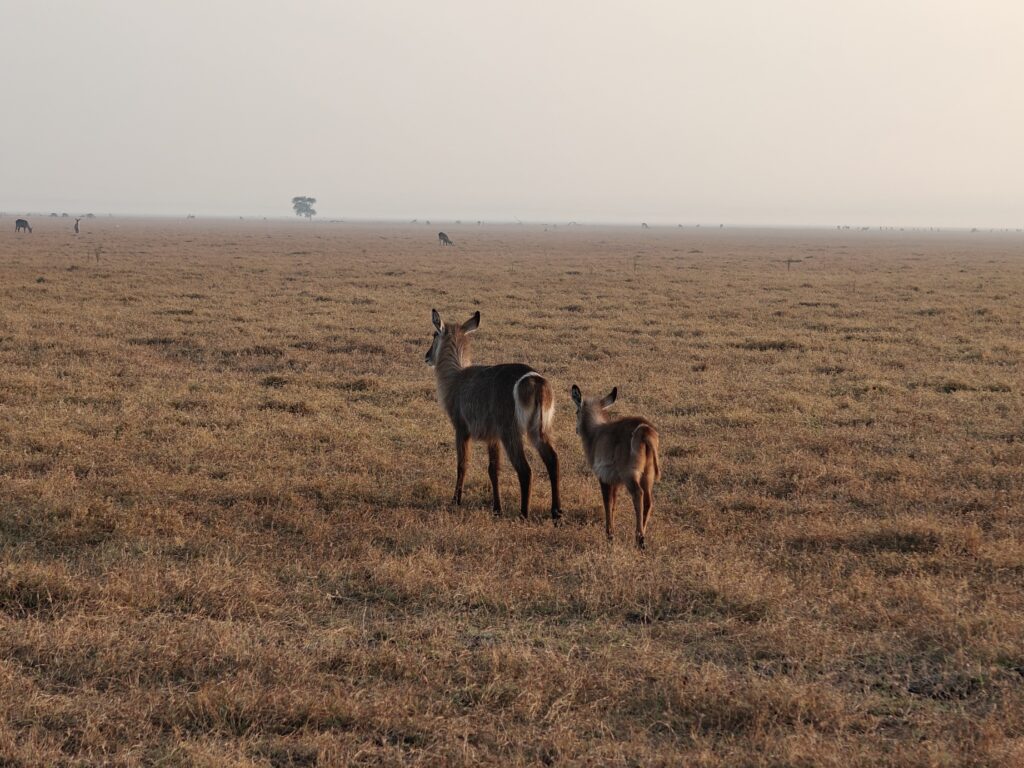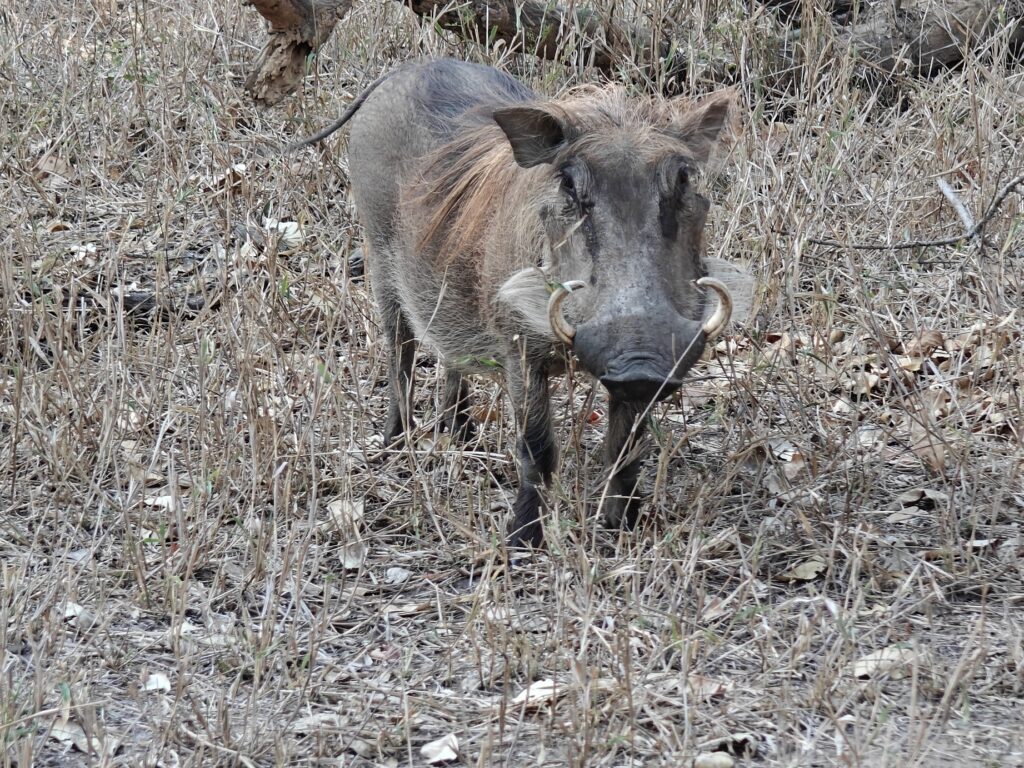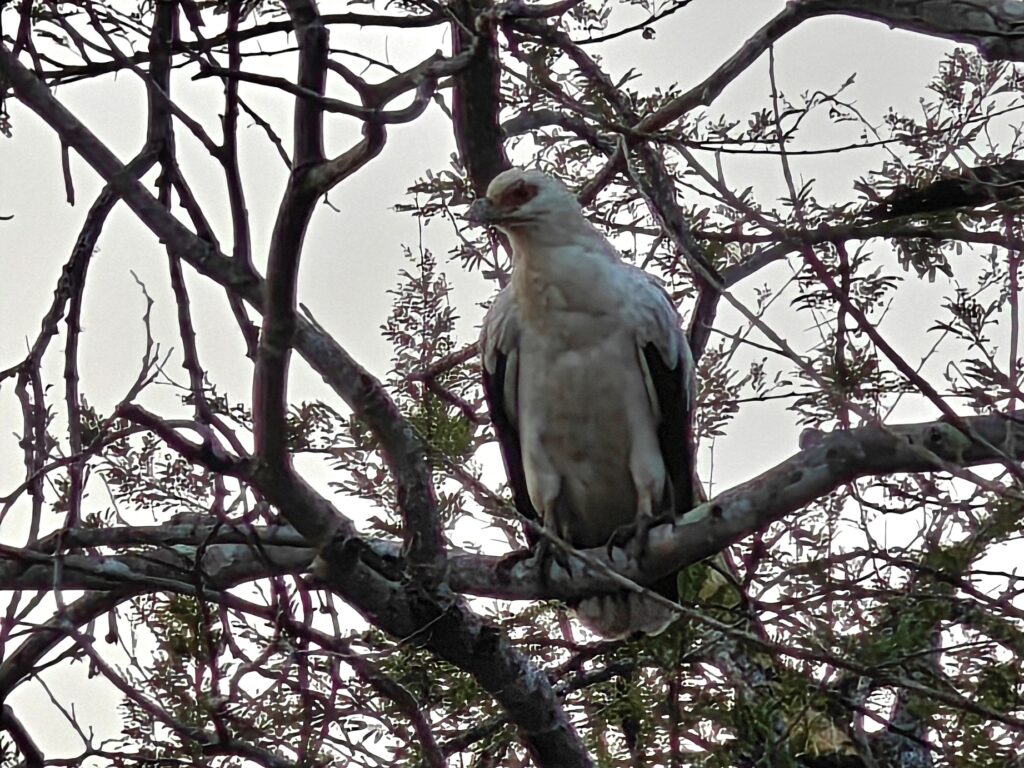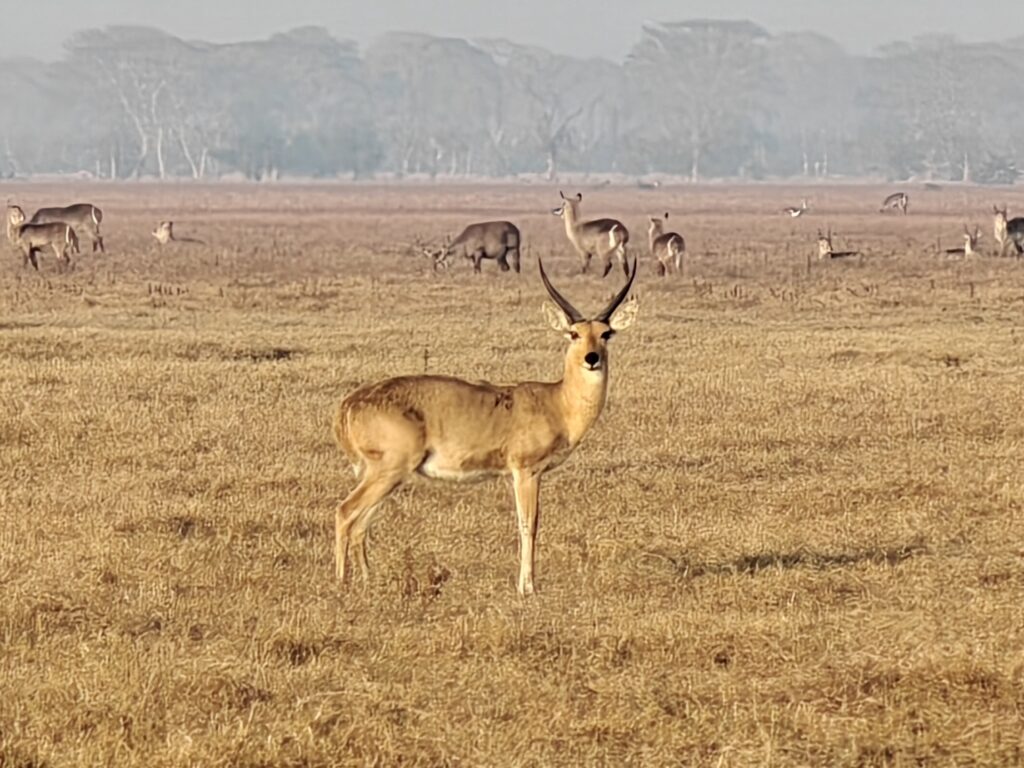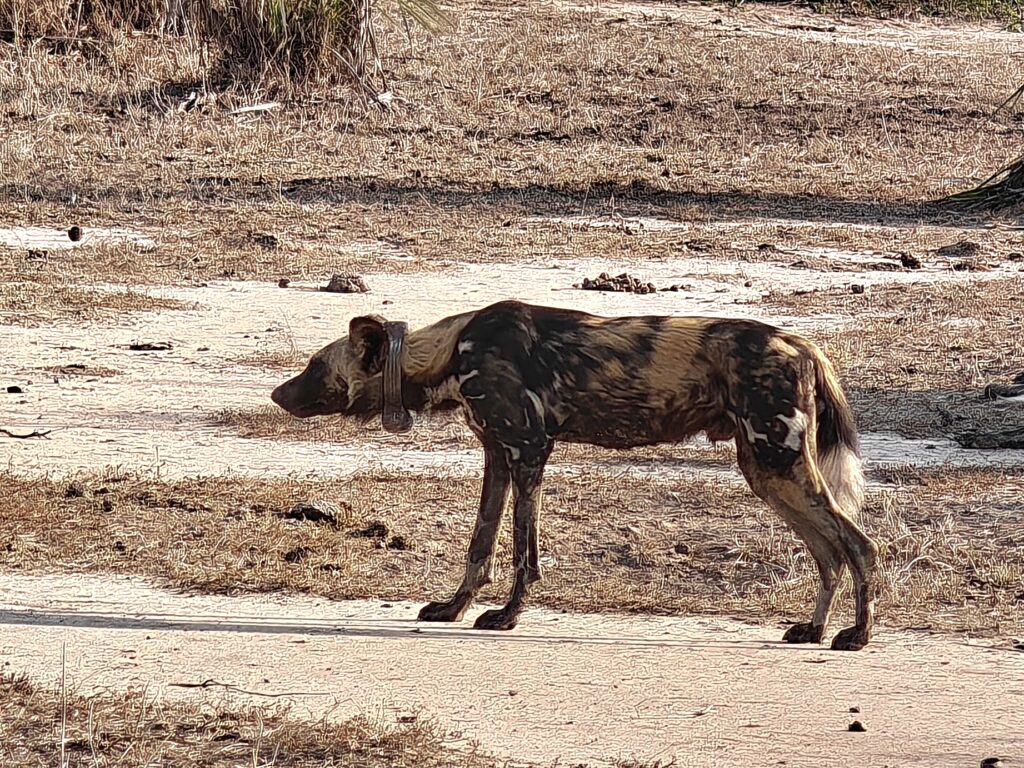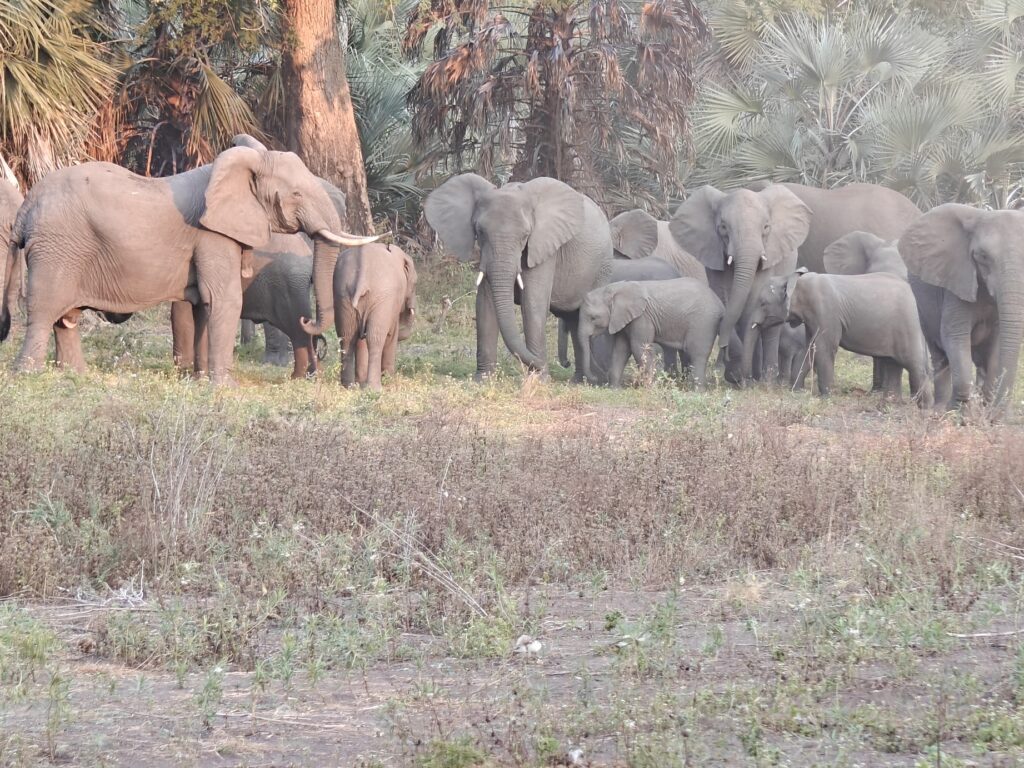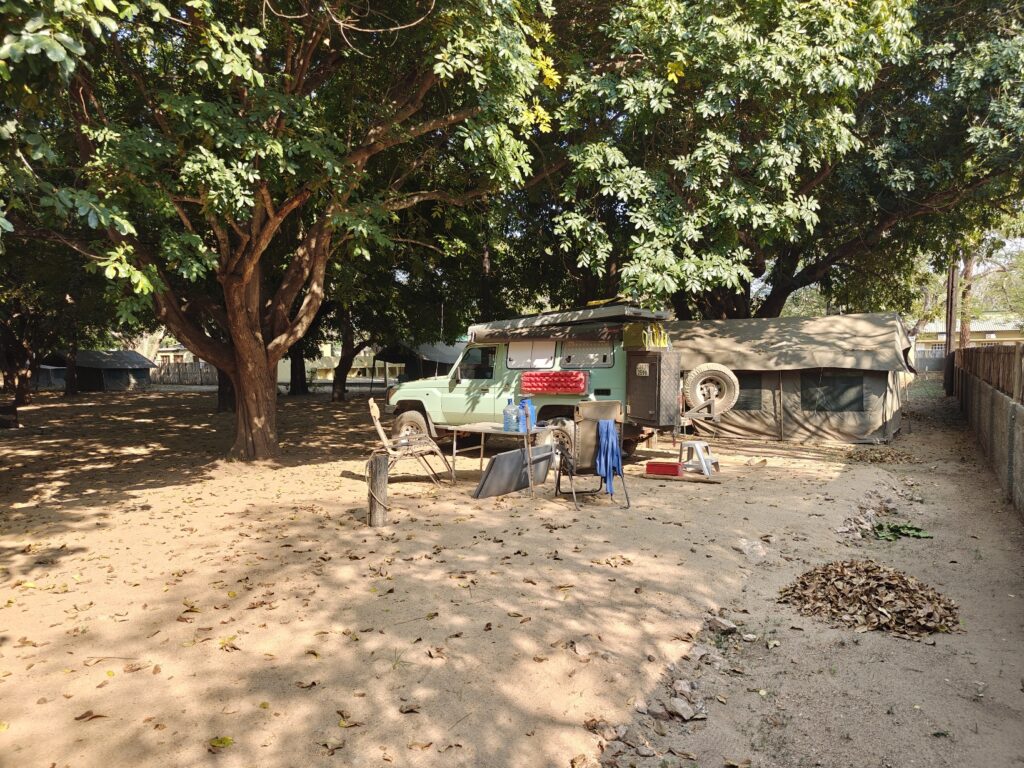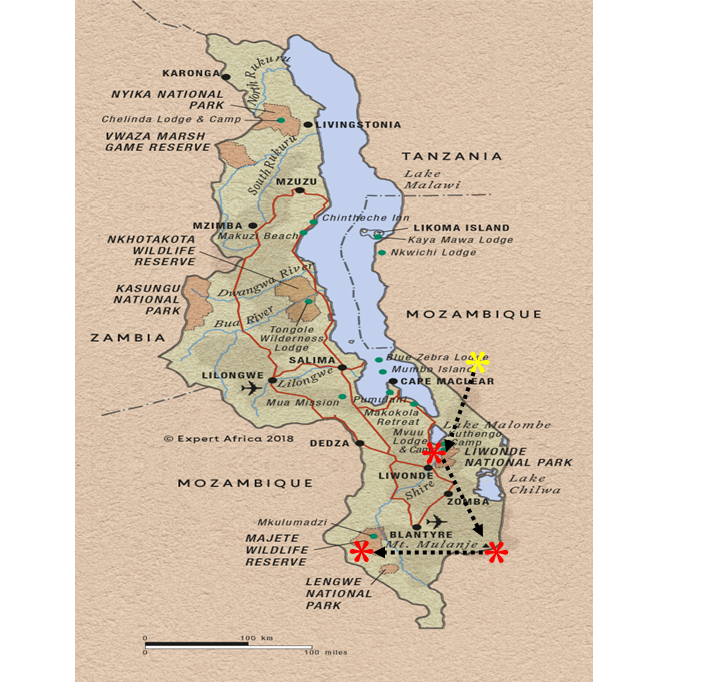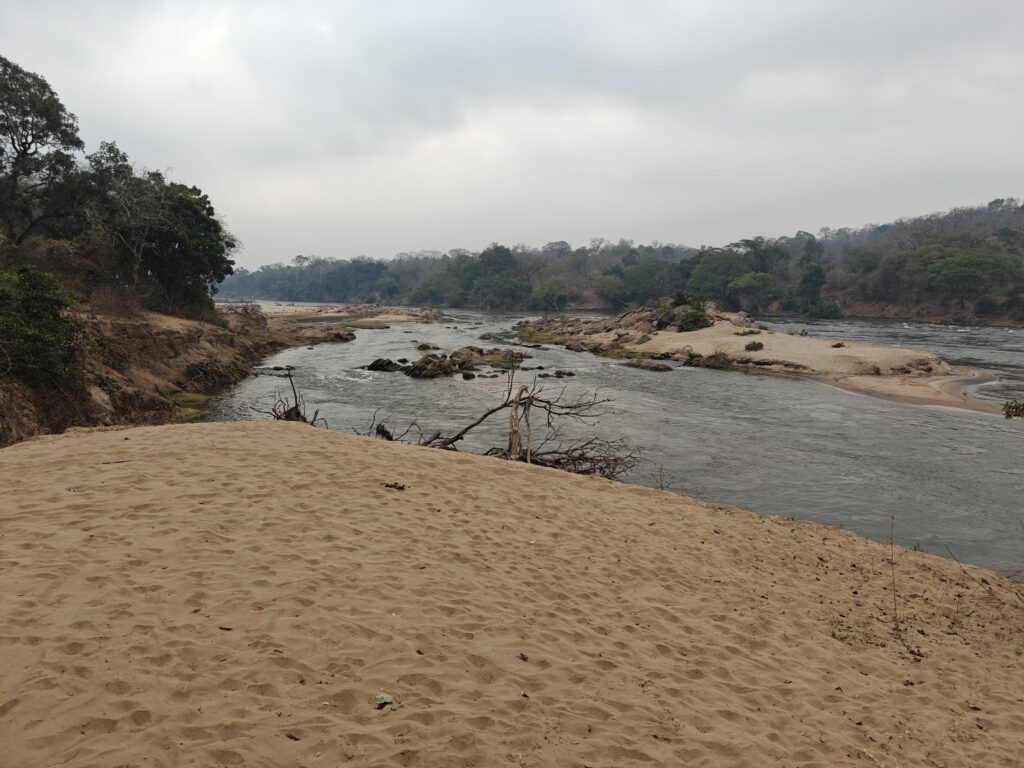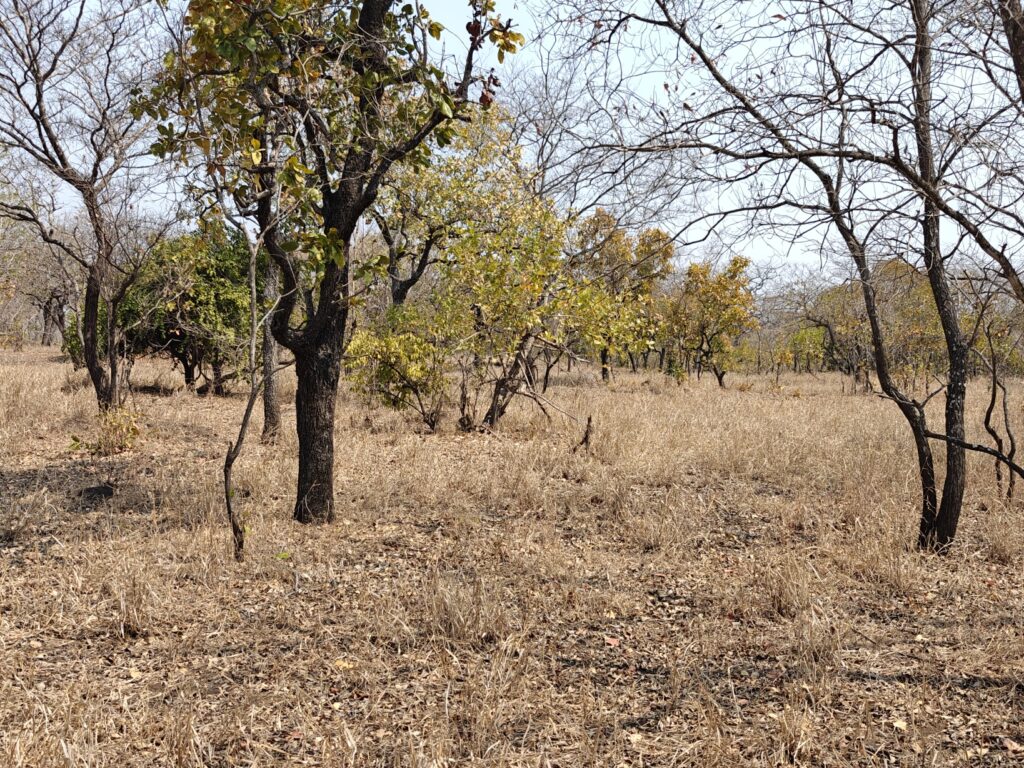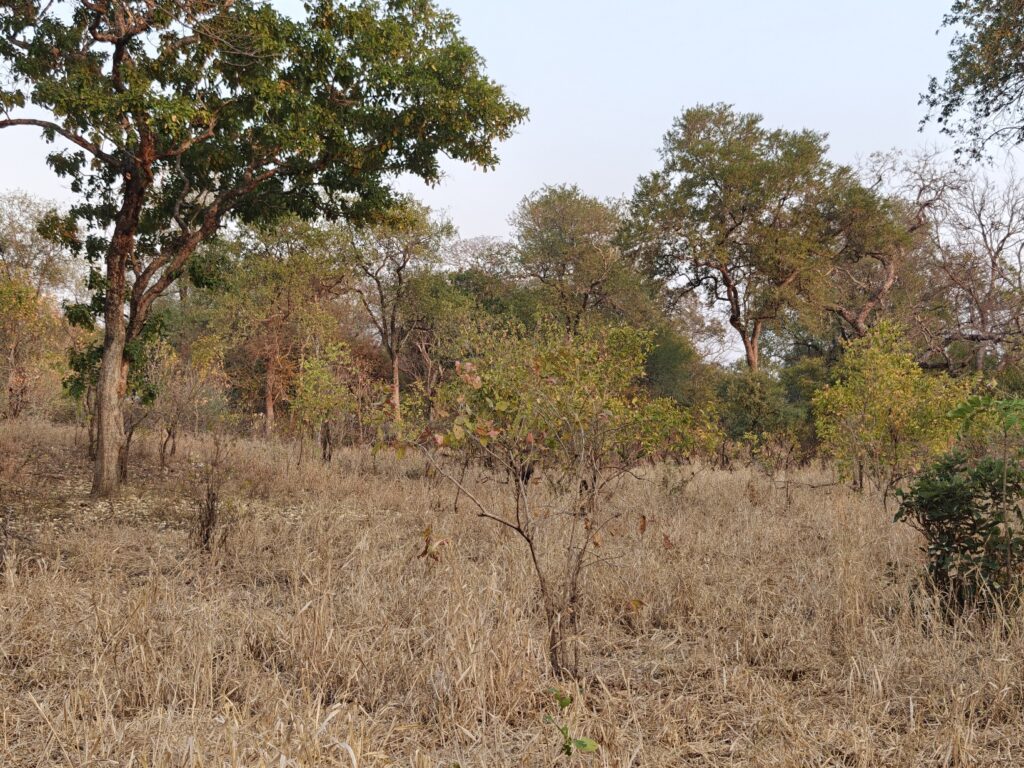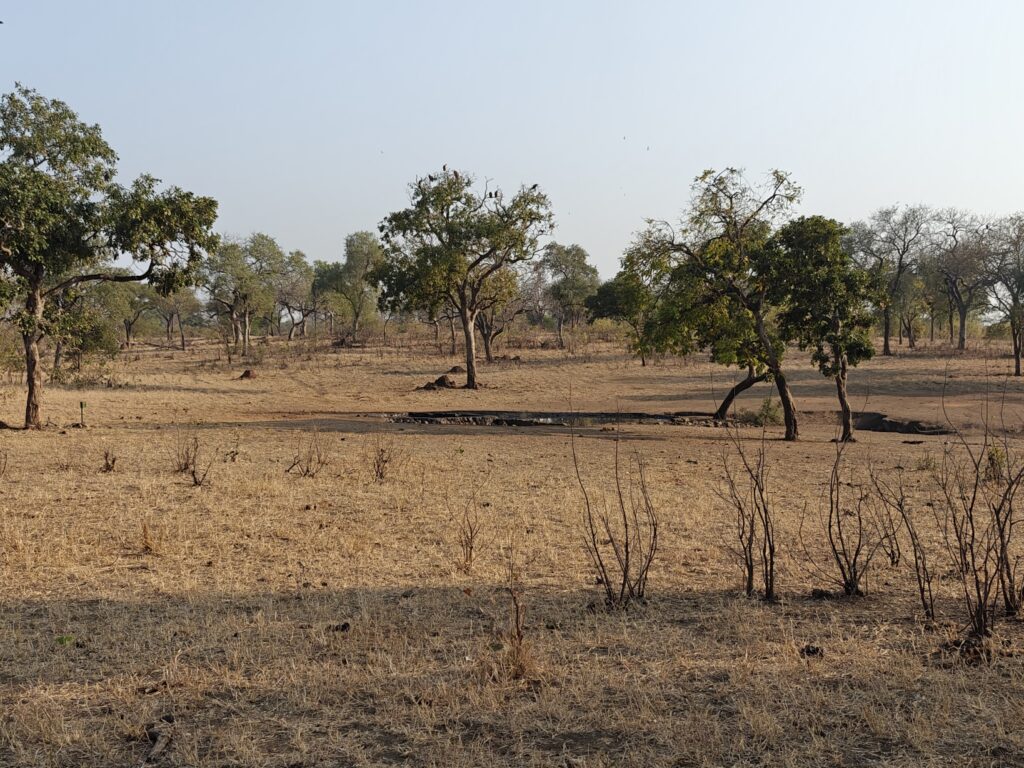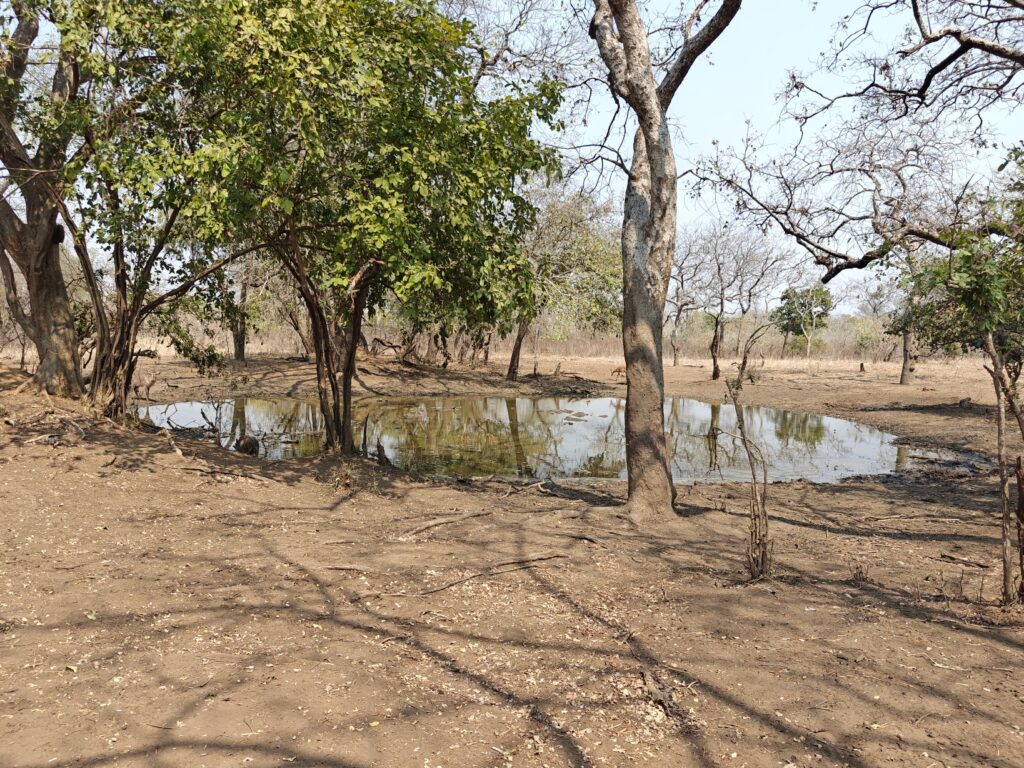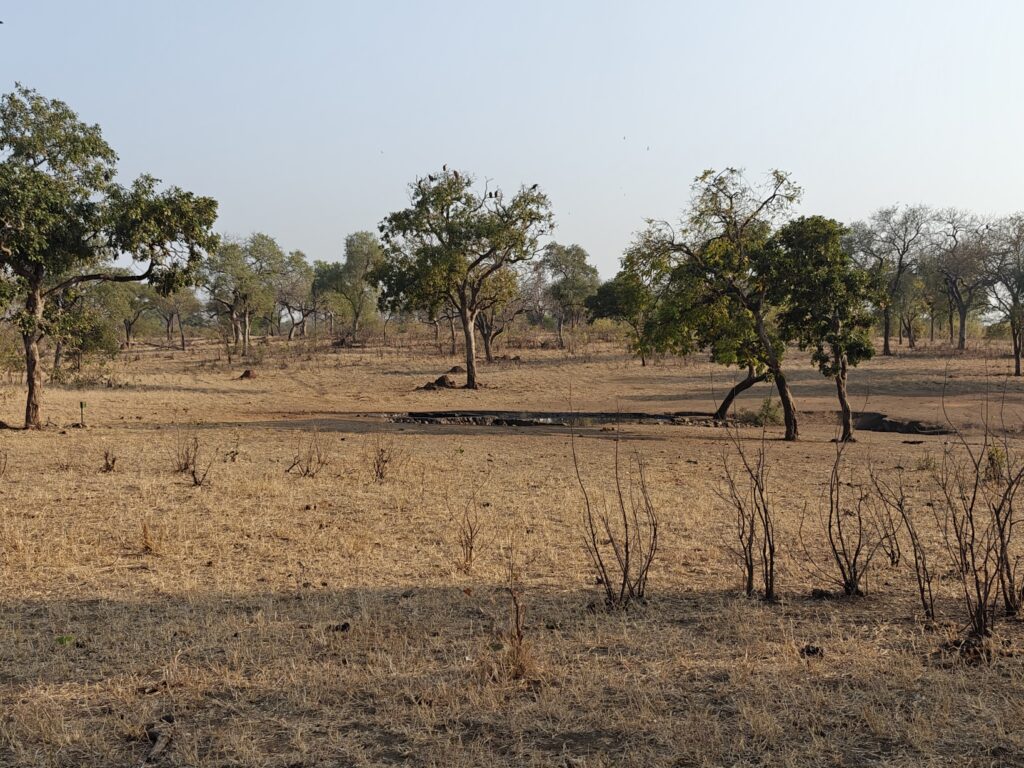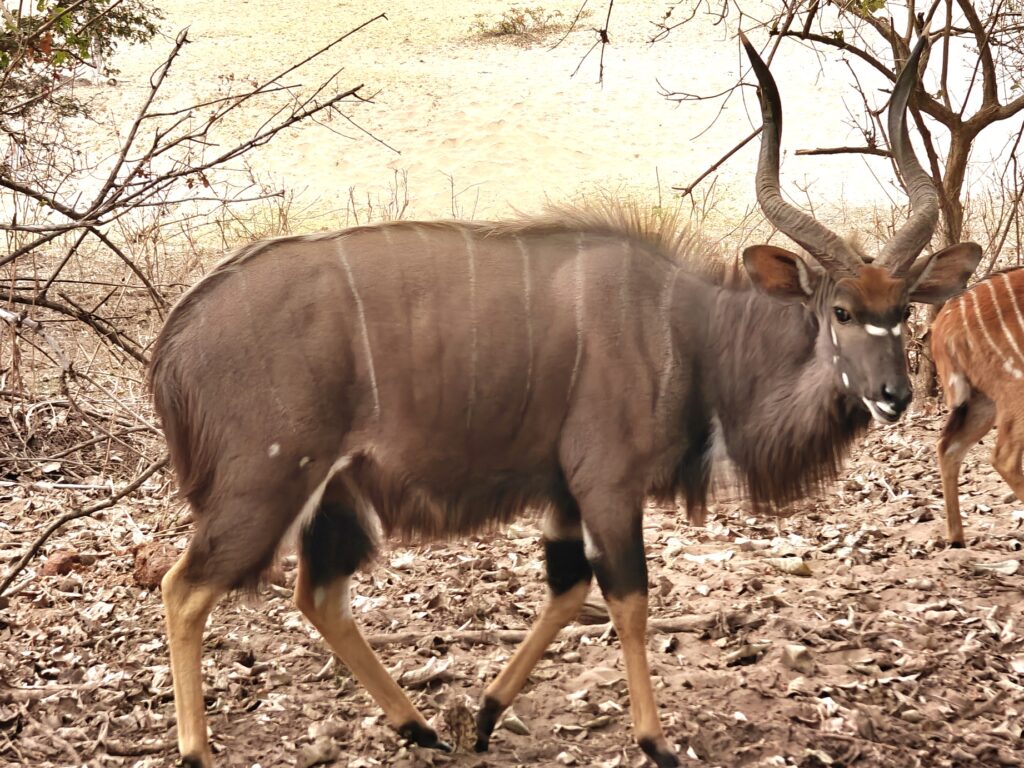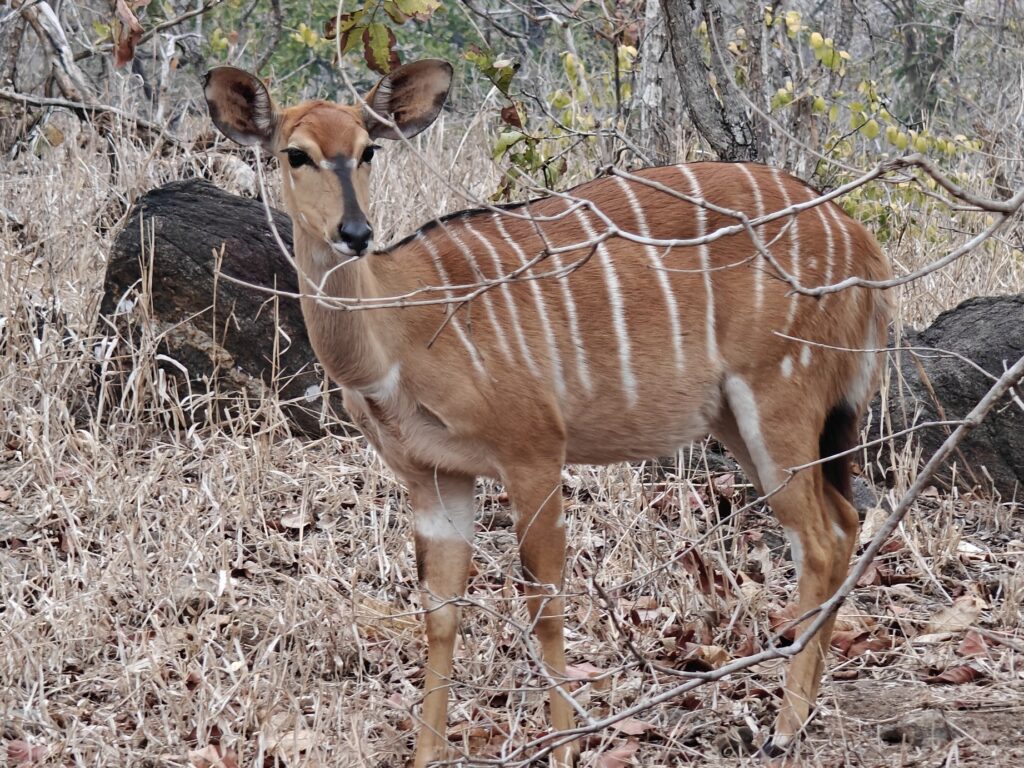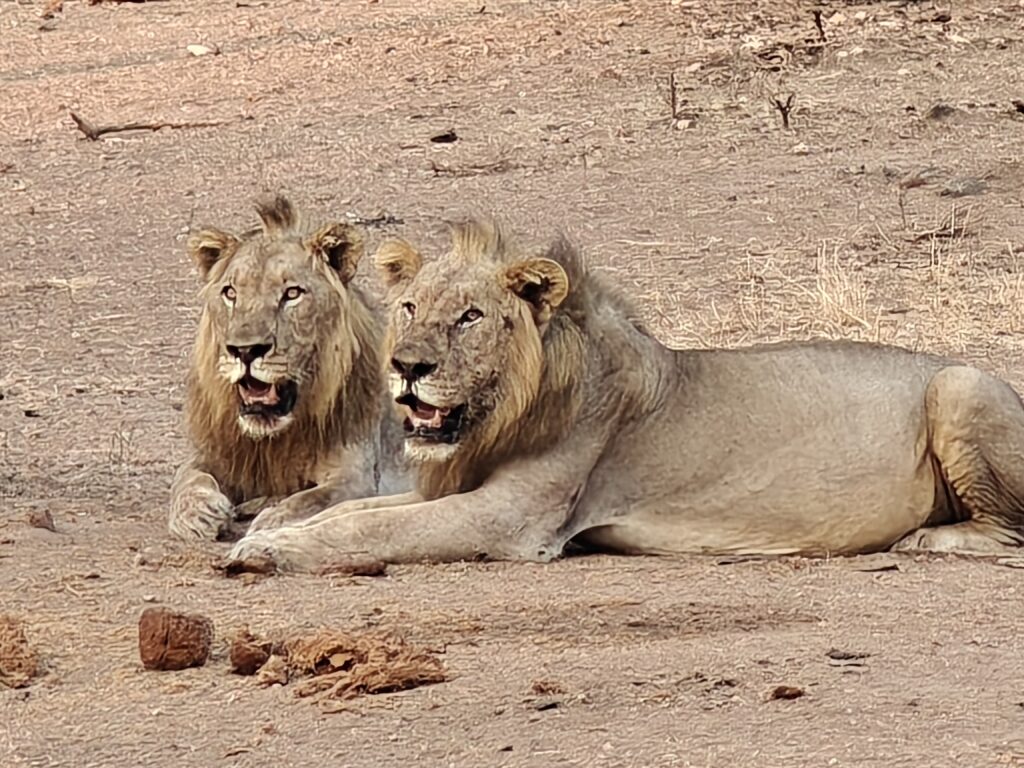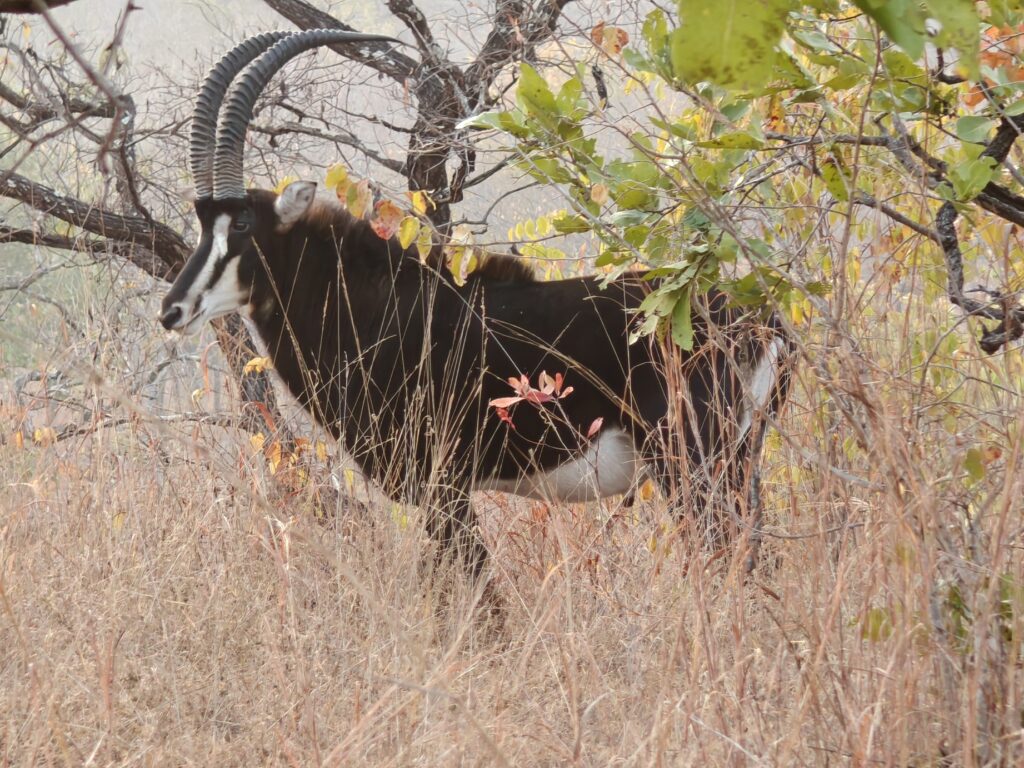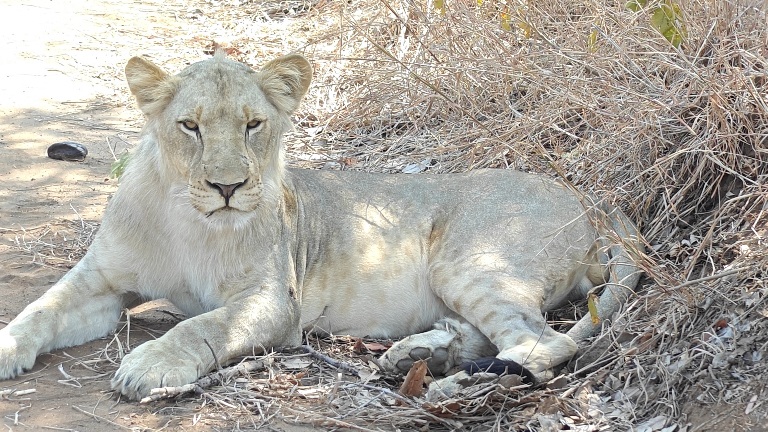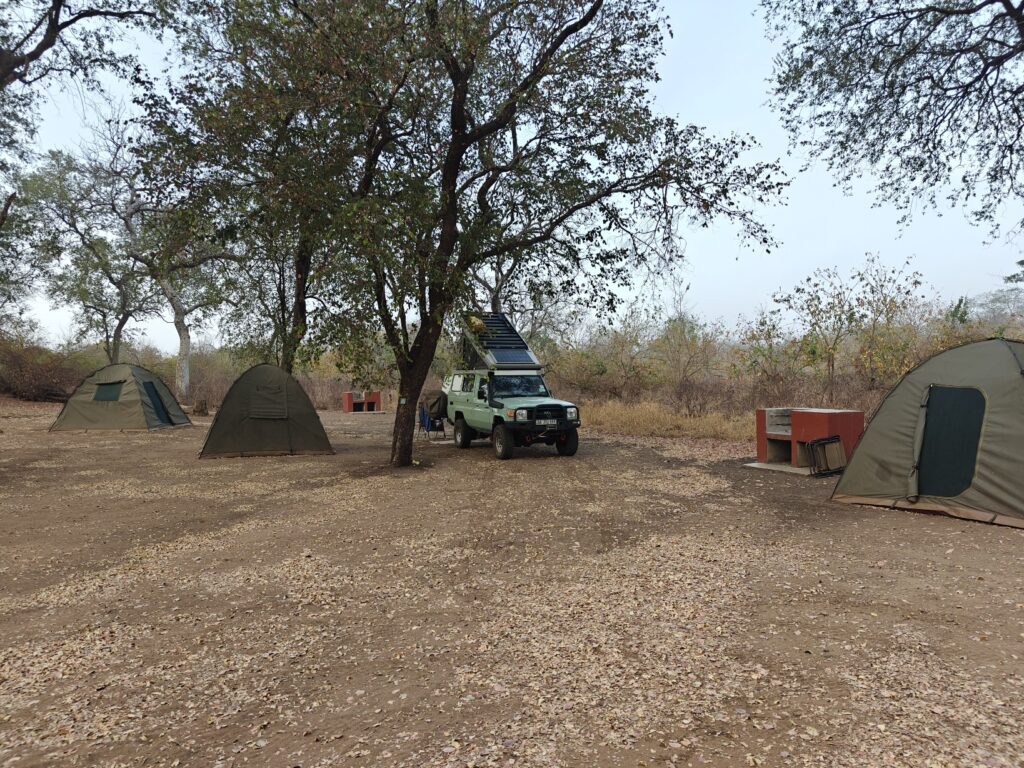I finally made it to my last destination Park in Mozambique, Maputo National Park, which covers 400 square miles on the southeastern coast of Mozambique bordering South Africa and Eswatini.

The Park was originally established as a hunting concession in 1932, and then in 1960 is was proclaimed a Reserve to protect a small population of coastal elephants resident in the area, and then in 2009 the Ponta do Ouro Partial Marine Reserve was declared to help protect a variety of marine species, including dugongs and sea turtles, and then finally in 2021 the two Reserves were combined into Maputo National Park.
In 2000, it also became part of a huge Transfrontier Conservation Area encompassing well over two million acres that includes national parks from all three bordering countries. Note, don’t picture this Transfrontier Park as a single contiguous protected Park, but rather as a set of Parks connected together by a matrix of lands in which there are concerted conservation efforts to protect wildlife, but these are mostly inhabited lands that are quite heavily used by humans. So, some of this is really just lines on a map and a way to attract international funding for projects, rather than truly protected lands, but I suppose it’s better than the alternative of completely unconstrained human land use in the matrix.
Maputo National Park is a “forest meets the sea” Park, similar to Saadani National Park in Tanzania, if you recall. However, Maputo is unique in that it is entirely comprised of ancient sand dunes and is surprisingly diverse given the rather homogenous soils; it includes several large freshwater lakes, extensive freshwater wetlands, dry and wet grasslands, grassland savannah, sand thicket and forest (or dune scrub forest), swamp forests, mangrove forests along the coastline, and extensive beach and tidal mudflats. Truly, this Park has an amazing diversity of environments for existing entirely on ancient sand dunes. The entire Park and all the varied environments listed above occur on ancient dunes created from millions of years of sea level rise and fall. Thus, the landscape is a series of rolling hills (former dunes) formed of deep sand and covered with dry grassland, savannah or dense forest thickets, with large inter-dunal basins between that either support lakes, marsh embedded within wet grasslands and the occasional swamp, and this extends 25-30 km inland from the coast. I haven’t visited any Park like it. Here are a few shots of the landscape:





Maputo has had the nearly identical history of all the Parks and Reserves throughout Mozambique and Malawi. All of the wildlife was wiped out during the civil war and afterwards from poaching, except for a few animals and a small remnant elephant population. Unfortunately, the white rhino population was wiped out in the 1980’s along with most other species. In 2010, the Reserve started reintroducing the large mammal fauna and by 2021 had reintroduced over 5,000 animals encompassing over a dozen species, including several antelope species as well as some of the big cats, such as cheetah, leopard, and serval. The elephant population has grown to 400 and it is now even being used a source of animals for relocation to other Parks and Reserves. Along with the recovery of the large mammal fauna, the Park has revitalized tourism in the Park, including updating several facilities. The Park returns 20% of the tourism revenue to the local communities as compensation and to encourage their engagement in and endorsement of the Park. Based on what I saw, the Park is doing a great job. The roads are signed well and the campgrounds have first rate facilities. There are animals to be seen, albeit with some difficulty, and a decent number of tourists. Overall, I rate this Park as a great one to visit, not only because of the unique and diverse environments and fauna, but also because of the top-notch facilities. I think in another 10-20 years the wildlife populations will be large enough that wildlife drives will be very productive as well.
For my first night, I drove about 25 km on sand track, much of it soft and deep, through the middle of the Park out to the beach to a lodge and campground called Ponta Membene. The Green Dragon proved its worth, not only for getting me easily through all the deep sand, but also for rescuing a local vehicle that got stuck. They slowed down in the sand and stalled and couldn’t start the engine. Apparently, this engine problem was well known to the driver and his 4 or 5 accompanying friends. Anyways, I had to put the Green Dragon in low 4×4 and push the truck through the soft sand for 20 m or so to jump start his truck. I wasn’t sure Green Dragon would be able to push his smaller truck in the deep sand, but it did it with flying colors. Hooray for the Green Dragon! Here’s a few shots of the main sand track through the ancient dunes:




The beach at Ponta Mebmene was very similar to the one at Coconut Bay (if you recall; see the previous picture), with high frontal dunes and white sandy beach as far as you could see. The difference was that here there were a handful of other people on the beach. However, I did manage to get in a short snorkle, but the surf was too rough and there was no underwater reef, so it was unproductive. My campsite, however, was top-notch. I was nestled under the dense dune forest thicket and I had my own kitchen area, hot shower and toilet facility – all clean and modern. Oh, and there was a camp tender that would do anything I wanted, including building a campfire. This is living!

In Maputo, I drove a lot without seeing much wildlife, but I also had an awesome drive one morning through dry grassland and savannah on rolling hills to a small lake and saw lots of blue wildebeest, plains zebra, common reedbuck, waterbuck, steenbok, common duiker and hippos, and a single side-stripped jackal, not to mention lots of different bird species. I had the entire drive to myself and, as a result, I believe it was of my favorite drives of all time. I took a lot of video footage of the drive and some of the wildlife, so check out the composite video if you get excited to want to take a virtual safari with me. Here’s a few shots to wet your appetite:







For my second night, after my amazing morning drive (noted above), I headed to a backcountry campsite overlooking a small lake named Nela. The campsite was quite nice; it included nice shade trees for the Green Dragon and a rather nice, but primitive, kitchen facility, along with a shower stall and toilet. No water though, so I had to use my own water for everything. There was also a nice campfire ring under a nice shade tree overlooking the water where I spent the afternoon.


After the mid-day siesta, I made a huge pot of stir fry vegies with pasta and a curry sauce. Here’s a picture of the stir fry. Can you name all the vegies in this dish?

Just when I was finishing cooking and enjoying the serenity of the site and getting ready for a quiet evening with the animal sounds, guess who camerolling into camp? Yes, that’s right, a convey of South Africans – classic style. Eight (yes, I said 8) vehicles in this convoy all rigged out for extended camping. Apparently, they booked this campsite a while back. When I arrived at the Park they booked me and told me no one else would be there. TIA! Anyways, this little site was designed for maybe 4 vehicles, perhaps 5 max, but not 8. Not only that, but these were South Africans in a convoy, and they set up massive camps and make a lot of noise – I have camped next to them before! They weren’t going anywhere and there was no way I was going stay in this urban mess, so I packed up and headed to my next scheduled campsite at Xinguti. I arrived at dusk and only 1 of 8 sites were occupied – nice! This campground was identical to the one at Ponta Membene (i.e., identical layout and facilities) except without a lodge connected to it. It was next to a large lake but surprisingly the sites didn’t have a view of the lake or easy access to the shore. Poor design in my opinion. Why have a campground at a lake if you can’t really see the lake very well or easily access it?

Next morning, I took another wildlife drive on one of the off-the-beaten track routes back to the main entrance gate. Again, it was a delightful drive with a diversity of habitats, including dense thickets, wet grasslands and marshes, dry grassland and savannah. I didn’t see as much wildlife on this drive as the previous day, other than water birds. I believe this was likely due to the condition of the grasslands. This grassland hadn’t been burned in some time so the grasses were taller and less palatable then the fresh shoots of the recently burned grasslands of the previous area. Burning does an important job of revitalizing the grasslands and producing highly nutritious forage for the grazing animals, and I suspect the majority of the grazing animals simply move around with the better forage conditions. Nevertheless, I still saw lots of wildebeest and zebra, along with several antelope species, and a few giraffe. Again, I had the entire drive to myself. I suspect that the vast majority of visitors to the Park simply take the main dirt track out to the coast and beach, as I did on my first day. Most come for the deserted beaches I think, not the wildlife drives, which worked to my benefit. Here’s a few shots from this drive:




WARNING, below is a link to a very long video made for the most dedicated followers. I really enjoyed this Park for the reasons mentioned above, so I took a lot of video footage. In particular, for both of the wildlife drives I described above, in this video I will take you on a virtual safari with me from the driver’s seat. Hope you enjoy.
Maputo National Park composite (44 minutes)
Ok, since I voluntarily displaced myself from the backcountry campsite at Lake Nela and moved to Xinguti for my second night, rather than return to Xinguti for my planned third night (since there was nothing spectacular about this site), I exited the Park and spent the night at a lodge/campground in Ponta do Ouro, the southern most point in Mozambique on the coast and next to the border. Nothing to report about this one-night stand other than to say this place is clearly a vacation spot for tourists seeking beach and marine sports, as every other building is a lodge of some sort, so I am off to South Africa. It may be a while before I can post again because I’m not sure where I will be able to get a new sim card. So, see you when I see you.
New Species:
- Natal red duiker
- Rufous-naped lark
- Eurasian moorhen
- Red-capped robin-chat
- White-backed duck
